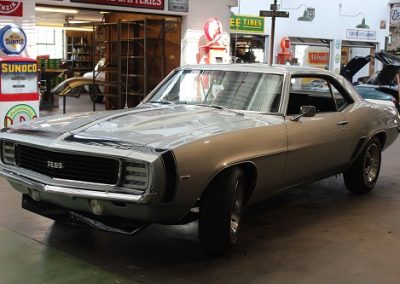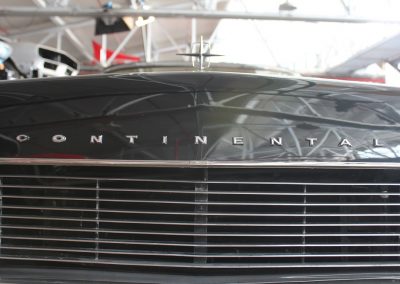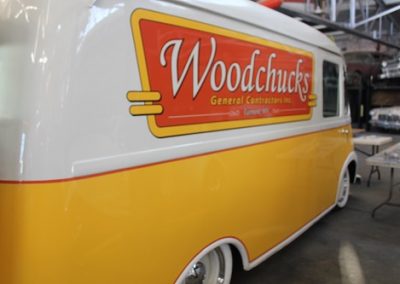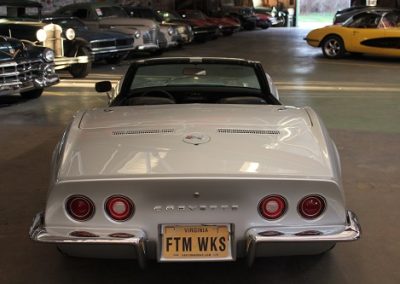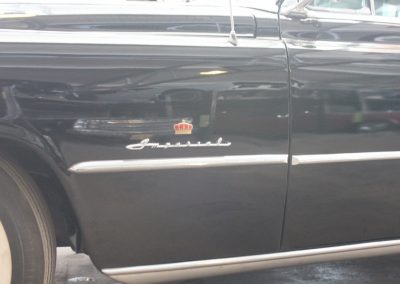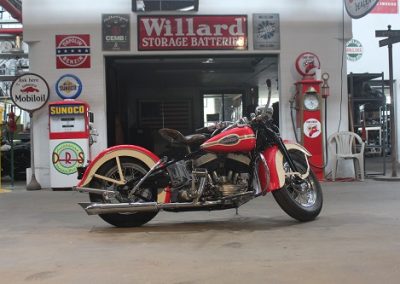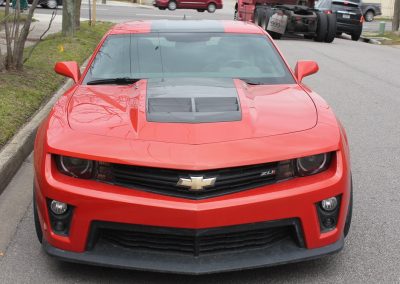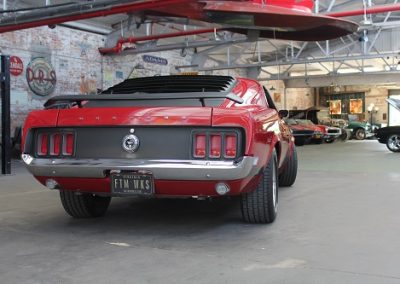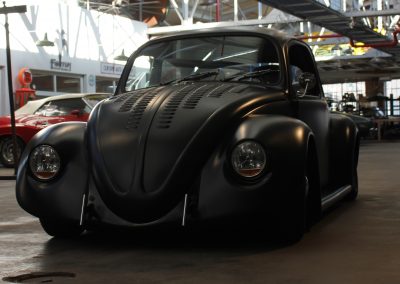1967 Volkswagen Beetle

As seen on Season Eight of FantomWorks
Owner Insight:
Explore the Project Galleries
Arrival
Disassembly
Strip & Metal Fab
Mechanical
Body & Paint
Finish
The Volkswagen Beetle—officially the Volkswagen Type 1, informally in German the Käfer (literally “beetle”), in parts of the English-speaking world the Bug, and known by many other nicknames in other languages—is a two-door, rear-engine economy car, intended for five passengers, that was manufactured and marketed by German automaker Volkswagen (VW) from 1938 until 2003.
The need for a people’s car (Volkswagen in German), its concept and its functional objectives were formulated by the leader of Nazi Germany, Adolf Hitler, who wanted a cheap, simple car to be mass-produced for his country’s new road network. Lead engineer Ferdinand Porsche and his team took until 1938 to finalise the design. The influence on Porsche’s design of other contemporary cars, such as the Tatra V570, and the work of Josef Ganz remains a subject of dispute. The result was the first Volkswagen, and one of the first rear-engined cars since the Brass Era. With 21,529,464 produced, the Beetle is the longest-running and most-manufactured car of a single platform ever made.
Although designed in the 1930s, the Beetle was only produced in significant numbers starting from 1945 (civilian production had been put on hold during the Second World War), when the model was internally designated the Volkswagen Type 1, and marketed simply as the Volkswagen (or “People’s Car”). Later models were designated Volkswagen 1200, 1300, 1500, 1302, or 1303, the former three indicating engine displacement, the latter two derived from the type number. The model became widely known in its home country as the Käfer (German for “beetle”, cognate with English chafer) and was later marketed under that name in Germany, and as the Volkswagen in other countries. For example, in France it was known as the Coccinelle (French for ladybug).
The original 25 hp Beetle was designed for a top speed around 100 km/h (62 mph), which would be a viable speed on the Reichsautobahn system. As Autobahn speeds increased in the postwar years, its output was boosted to 36, then 40 hp, the configuration that lasted through 1966 and became the “classic” Volkswagen motor. The Beetle ultimately gave rise to variants, including the Karmann Ghia, Type 2, and external coach builders. The Beetle marked a significant trend, led by Volkswagen, Fiat, and Renault, whereby the rear-engine, rear-wheel-drive layout increased from 2.6 percent of continental Western Europe’s car production in 1946 to 26.6 percent in 1956. Over time a trend towards front-wheel drive would come to dominate the European small-car market. In 1974, Volkswagen’s own front-wheel drive Golf model succeeded the Beetle. In 1994, Volkswagen unveiled the Concept One, a “retro”-themed concept car with a resemblance to the original Beetle, and in 1998 introduced the “New Beetle”, built on the contemporary Golf platform with styling recalling the original Type 1. It remained in production through 2010, and was succeeded in 2011 by the more aggressively styled Beetle (A5), which was also more reminiscent of the original Beetle.
For 1967, a yet-again larger-displacement engine was made available: 1500cc, 53 hp (40 kW; 54 PS) at 4,200 rpm. 1200 and 1300 engines continued to be available, as many markets based their taxation on engine size. 1500cc Beetles were equipped with front disc brakes and were identified with a “VW 1500” badge on the engine lid. North America received the 1500 engine as standard equipment, but did not receive front disc brakes. These models were identified by a “Volkswagen” badge on the engine lid.
The rear suspension was significantly revised and included a widened track, softer torsion bars and the addition of a unique Z-configuration equalizing torsion spring. On US, UK and Ireland models, the generator output was increased from 180 to 360 watts, and the entire electrical system was upgraded from 6 volts to 12 volts. The clutch disc also increased in size and changes were made to the flywheel. New equipment included a driver’s armrest on the door and locking buttons on both doors. Safety improvements included two-speed windscreen wipers, reversing lights (in some markets), and a driver’s side mirror. In accord with the newly enacted US Federal Motor Vehicle Safety Standard 108, North American models received a dual-circuit brake system, the clear glass headlamp covers were deleted; the headlamps were brought forward to the leading edge of the front fenders, and the sealed-beam units were exposed and surrounded by chrome bezels. In the rest of the world markets the 1967 model retained the older headlights. Another oddity of the 1967 North American market Beetle is the rear bumper overriders (towel rails) – the overriders have a different shape than the older models besides the one-year only engine decklid. The Brazilian market model (Volkswagen Fusca) retained the pre-1967 headlamps until 1972.



























